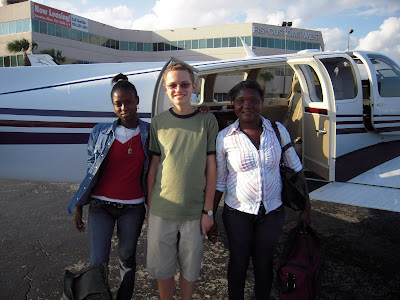
US 280 west of Austin winds its way through the rolling foothills of the Texas hills country. The lights of the capitol were fading in my rearview mirror, and I was immersed in thought, appreciating the open spaces and the quickly darkening sky. My cell phone rang – it was my friend, Mike Williams, a classmate at my graduate program in Boston. “You’re about 45 minutes away. Need to let you know that if a deer crosses, don’t swerve, just hit it head on- you’ll have a better chance of surviving. It’s pretty cool tonight, so they should be bedded down. See you soon.”
Probably one of the most practical pieces of advice I’ve gotten from a hospital CEO.
My path to LA took me through Texas, and I was pleased to see that a stop in Fredericksburg would be a perfect place to rest and see how a Parkland trained anesthesiologist, with an MBA from Duke, was building a leadership team that was revitalizing health care delivery in this town of 11,000. And I would again see how preconceived notions can be reframed by real life experiences.
Fredericksburg was known for three things – Lyndon Johnson, Admiral Nimitz, and Mohair goats. Yet it is situated in an ideal tourist area with abundant hunting, fishing, hiking, and biking. There remains a strong agricultural and ranching basis. Mike, who grew up in the Dallas area, wanted to raise his family in this environment. He developed and led an active anesthesia practice, became president of the medical staff, and found a passion in optimizing operations and building teams. At that time, the hospital CEO stepped down, and Mike agreed to come in initially on an interim basis. The hospital was running a significant deficit, employee engagement and staff morale were low, and there was concern that this rural hospital would not be able to meet its mission. Mike recognized that he needed to reestablish focus and build a leadership team. He hired a new CFO and COO.
I met his COO that evening – a Jewish guy who grew up in east Texas, went to West Point, and worked on his MBA at night while in the Army, using night vision glasses to study, so as not to disturb his fellow soldiers. Steve Sosland had no experience in health care – but he knew how to motivate and lead teams. He could listen and was from the school that you win battles by understanding the point of view of all the parties –not ramming excessive force into a foreign culture. His daughter was going to Haiti this January, and they had both read the blog and wanted to discuss my experiences. In addition to his work at the hospital, Steve had begun an outreach program to increase interfaith understanding in Fredericksburg. Those relationships would become an important asset at the time of a local tragedy.

Last fall, Mike seemed a bit distracted one weekend. Over dinner, he told me of a 14 year old local boy, well know in the community, who came to the ED after a football practice with nausea and some vague neurological symptoms. He appropriately evaluated, and all signs suggested a mild concussion. When he didn’t improve, he returned and a CT scan was normal. He was admitted, but suddenly decompensated and was transferred rapidly to a larger hospital where he died of an unusual condition – a vertebral artery dissection. Everyone in the hospital and the community were devastated, and of course, there was always the question of whether something could have been done differently. Mike never mentioned hunkering down and defending standard of care. He wanted to know what they could learn, how they could improve, and most importantly, how could they support the family and the tight knit community.
Similar to well know cases of unexpected and potentially preventable deaths such as Josie King, and the brother of actor James Woods, the leadership team at Hill County Memorial Hospital met with the family, provided support and tried to answer their many questions. They apologized for any shortcomings, and they worked to find ways to reassure the community.
The funeral was held at the Catholic Church downtown. But on the pulpit, next to the priest, was Steve Sosland, wearing a yarmulke and tallit. You see, the father of the young man who died was Catholic, and his mother was Jewish. There was no rabbi and the family wanted a service with both traditions. The outreach that Steve had started months before broke down barriers and helped bring together a community that was hurting. And of course Mike and his family were there, sharing the grief and adding support.
I quietly listened to the story that evening. The next morning I asked to see the hospital and downtown Fredericksburg. Mike took me down, Steve met us in his pickup truck. I took a picture in front of the Mohair warehouse, and then walked by some of the churches. It was a Sunday, and folks were arriving for services. As I looked up, the sun angled through the stained glass, and I recognized a Star of David through the diffused light. Unlikely that was intentional at the time it was built, but I’m starting to believe that very little in life is purely coincidental.

I’ve got another 400 miles, just to get through Texas – and I’m sure there will be more lessons as I roll into California.










































